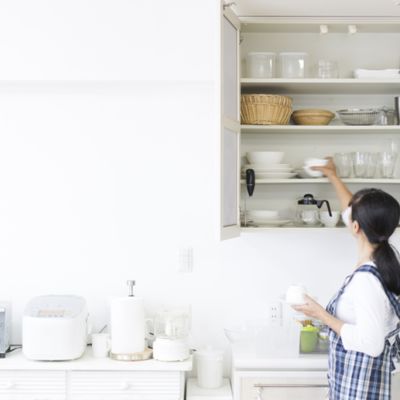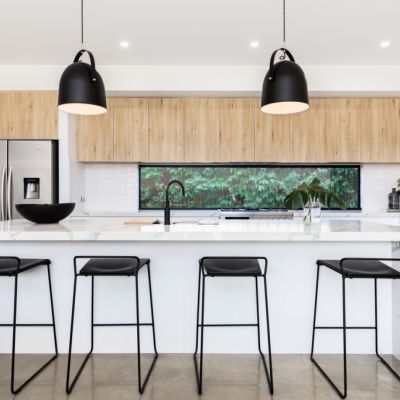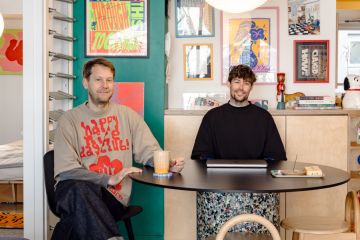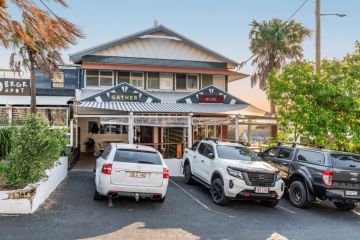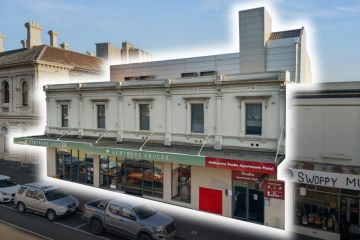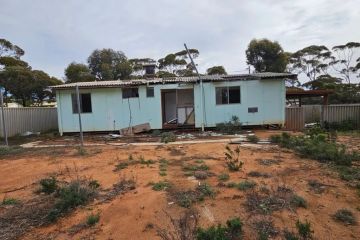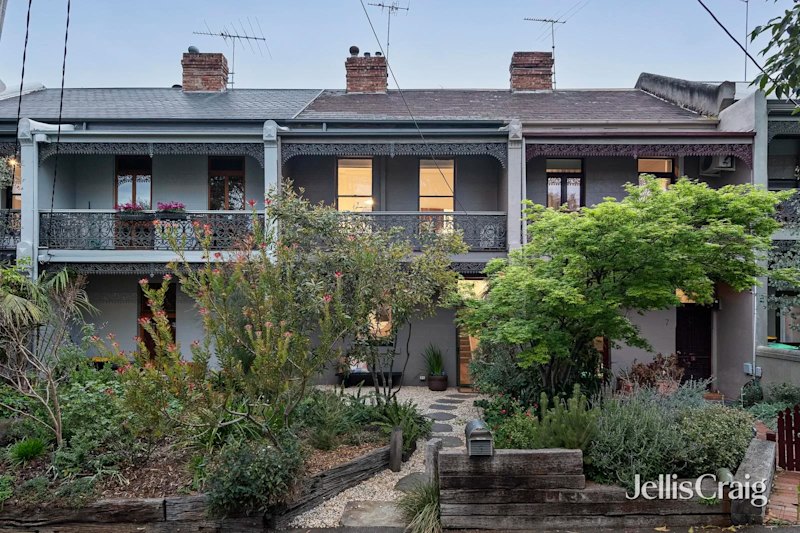How Pinterest and Instagram are ruining your dream home
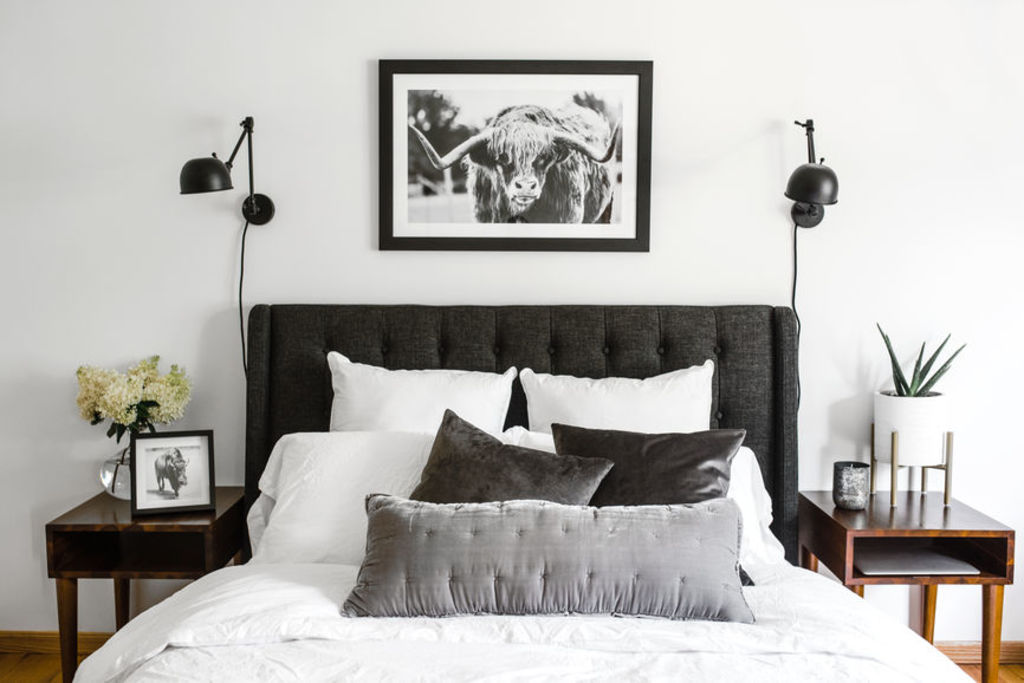
When I first started looking at ideas for our new house, I naturally clicked onto Pinterest.
Every house on there is majestic and beautifully designed, with butlers pantries bigger than an average lounge and soaring high ceilings.
I fell deeply in love with the full ceiling skylights in the massive bathrooms and the sunken-in and moody home theatre rooms.
Hear everything you need to know about small living on Somewhere Else:
I couldn’t get my mind off the glorified mezzanine floors and my heart was aflutter for a perfectly manicured courtyard, complete with a spa pool and living plant wall.
Now, if you’re an ordinary person like me with an average income, you need a little voice in your head telling you that these things are unattainable.
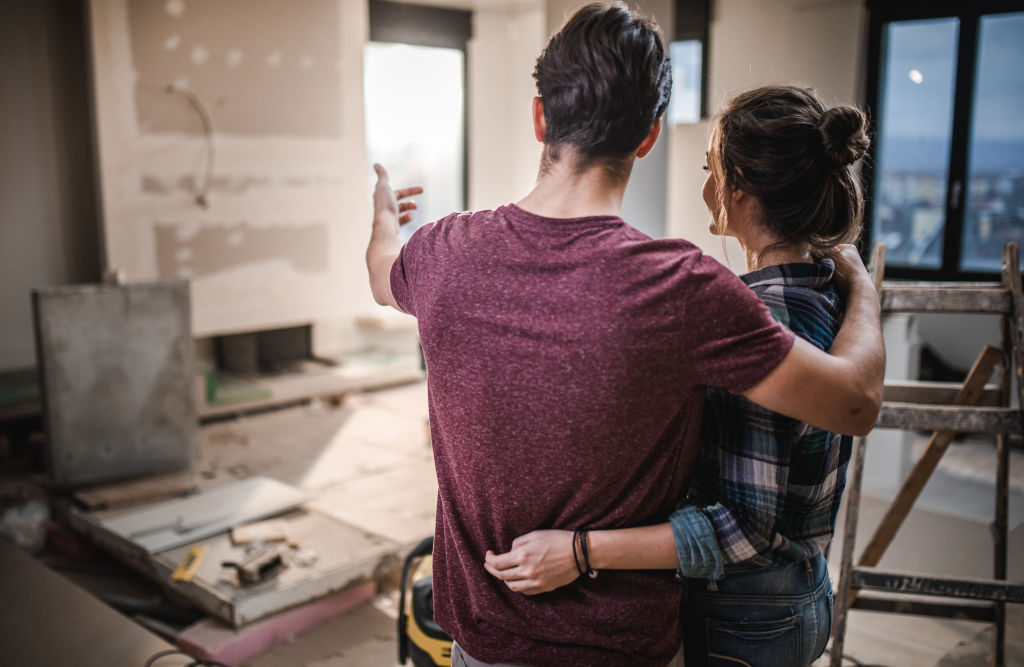
But also, if you’re an ordinary person like me who has never built a house before, you have no idea what is in your budget until you speak to some professionals, by which point you’ve already got your heart set on the swooping cantilever roof and the floor-to-ceiling cathedral windows.
I realise we’re incredibly lucky to even be able to build a house in the current climate, but, in this country, building a modest family home is eye-wateringly expensive, even before falling in love with those high-end architectural beauties on Instagram.
In my chats with architects and builders through our house build journey, I’ve learned many are wary of any inspiration fuelled by social media, as it can set the bar high and bring with it disappointment at what is actually affordable.
Social media often brings with it a huge disconnect between the puffed-up hopes and dreams of a client and their realistic budget. And somebody’s got to break it to them that they can’t have it all.
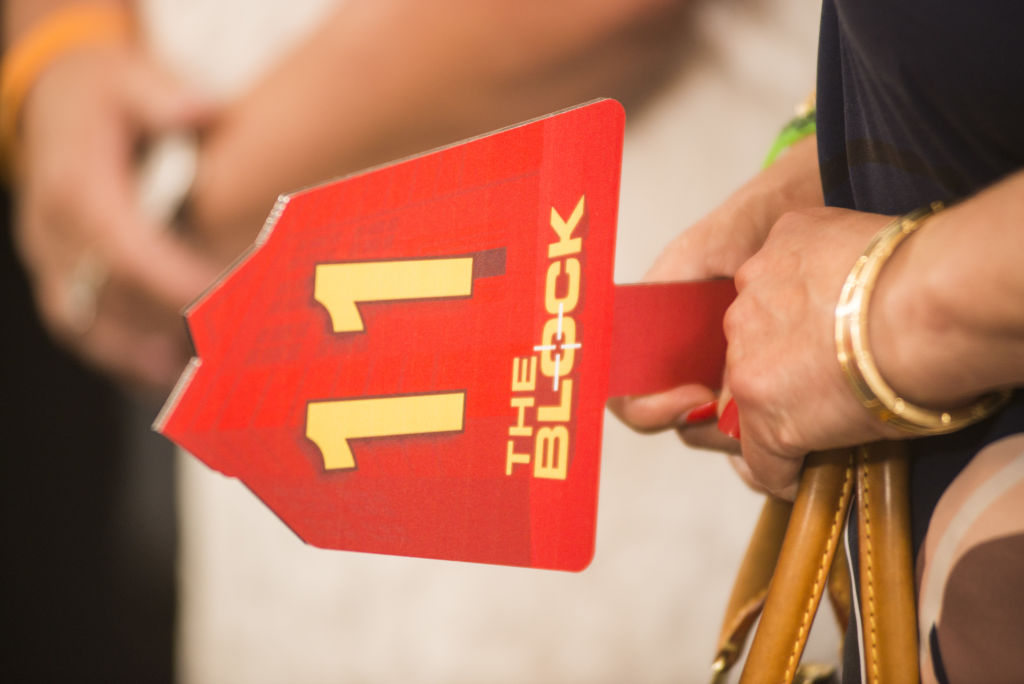
Threefold Architecture director Bryce Monk agrees social media often lifts people’s expectations of what they could afford to build within their budget.
“But Instagram and Pinterest are fantastic from a design point-of-view, because it gives us a grasp of what a client is interested in,” he says.
The team at Threefold Architecture often use Pinterest boards to share and swap design ideas with clients, but Monk says there was also often a need to “pull it back”.
Letting people know that their hopes and dreams were not achievable within their budget was a delicate process and Monk says if it is necessary, his team try to do it gently.
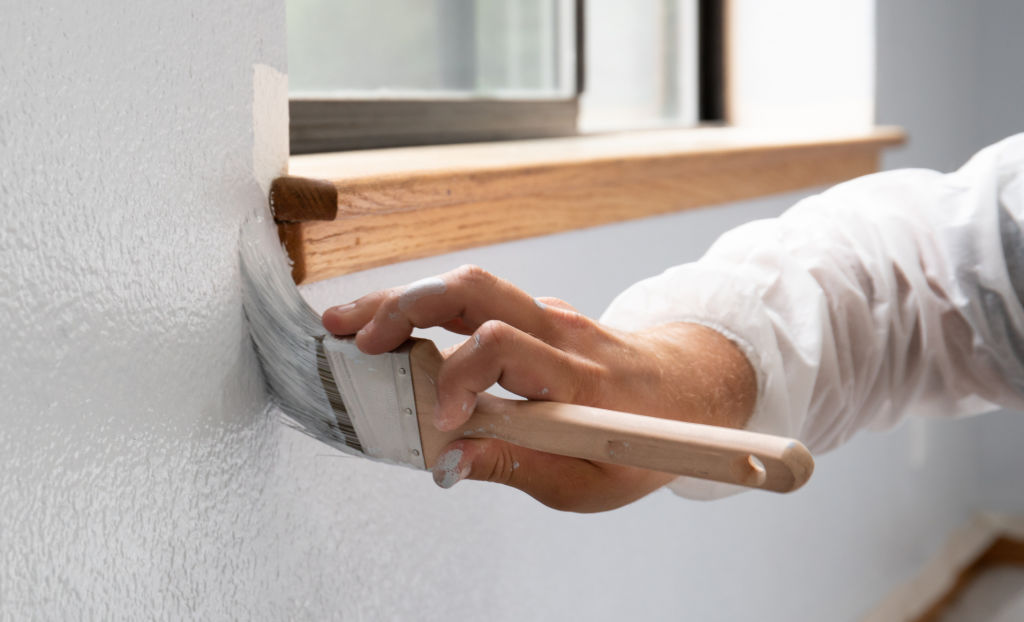
He says while there was sometimes disappointment from a few clients, most people understood that Instagram and Pinterest were showing them pipedream design ideas.
Often it was a case of picking a few aspects of the design that might work within budget, or streamlining the ideas to be more affordable, Monk says.
Now that we’ve come to terms with what we can afford and have a house design we love, minus the cantilevered roof, we have turned our Instagram attention to interiors.
You’d think I would have learnt my lesson, but I’ve suddenly developed a new found love for spacious window seats and I can’t get over the concrete industrial bathroom look.
So on-trend and so expensive.
Interior designer Anita Thomas says that while social media was a good tool for people to use to see what they liked, her job was to make a cohesive plan that would fit within their budget and suit their house style.
Thomas has had a few people seek out her help after having a DIY disaster, thinking they could copy a look they’d seen on Instagram in their own homes.
She says she would never just copy a picture that was on social media because there needed to be a flow to a house’s interior and not all looks suited all interiors.
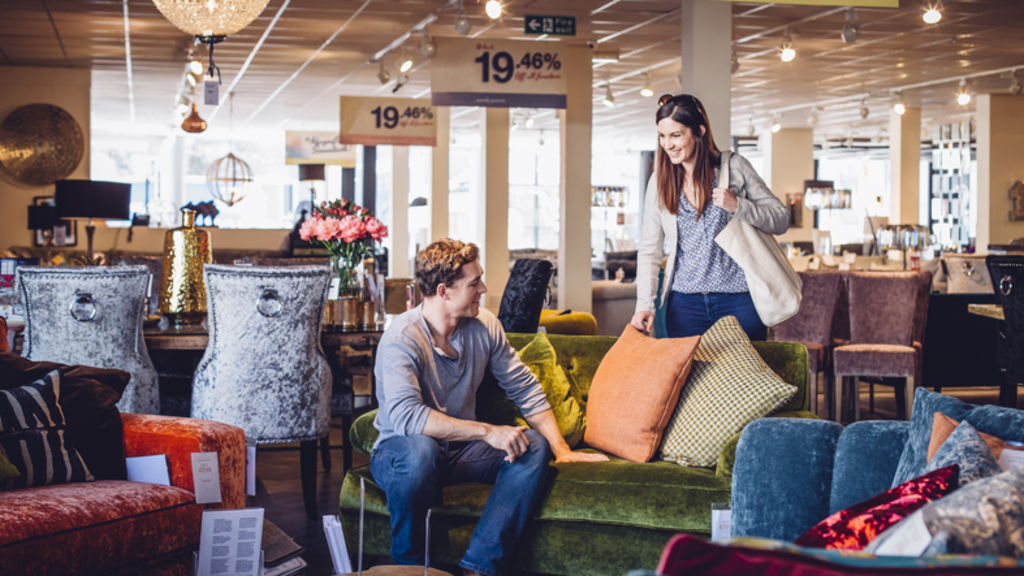
Shows like The Block are also terrible for promoting certain looks, but not having any flow or connection between different rooms, she says.
Clients also sometimes fell in love with pieces of furniture from high-end retailers overseas and would commission Thomas to try and find something the same here.
She recommends people look at accounts like ArchiPro, which only featured local architecture and interior design.
ArchiPro founder Milot Zeqiri says his Instagram account was different to the pictures on Pinterest, or other Instagram accounts, because if people loved a design featured on his account, they could contact the local designers and architects responsible for it.
He says this means people would find it easier to understand the exact costs and issues that came with each build.
Zeqiri says architects could advise on how to stay within budget and how to save money, while at the same time maximising design features and impact.
And if you’re anything like us, you may not be able to afford everything right away, but that doesn’t mean you can’t dream just a little bit and put that Pinterest-inspired spa pool courtyard on your long-term wish list.
This story originally appeared on stuff.co.nz
We recommend
States
Capital Cities
Capital Cities - Rentals
Popular Areas
Allhomes
More

